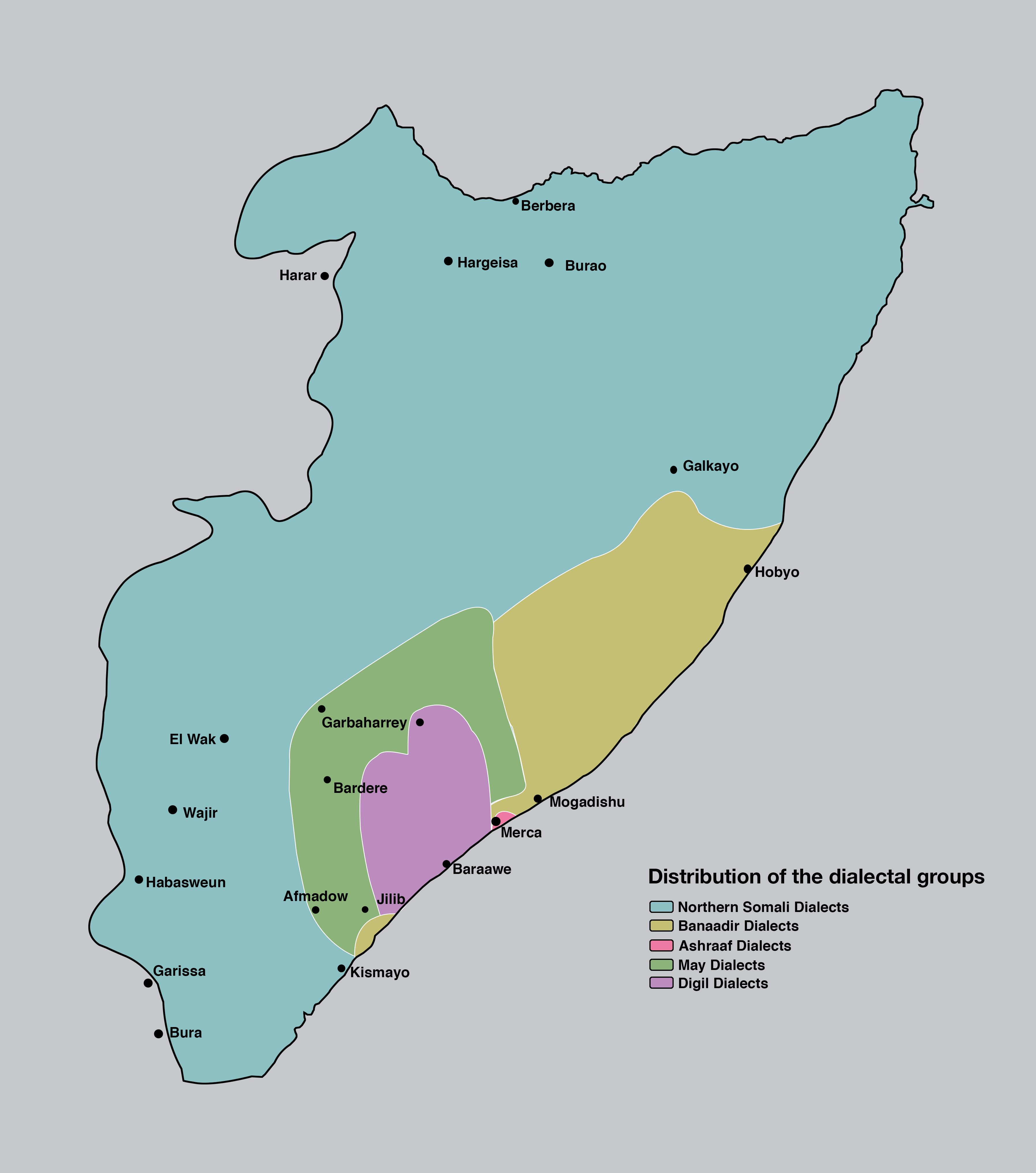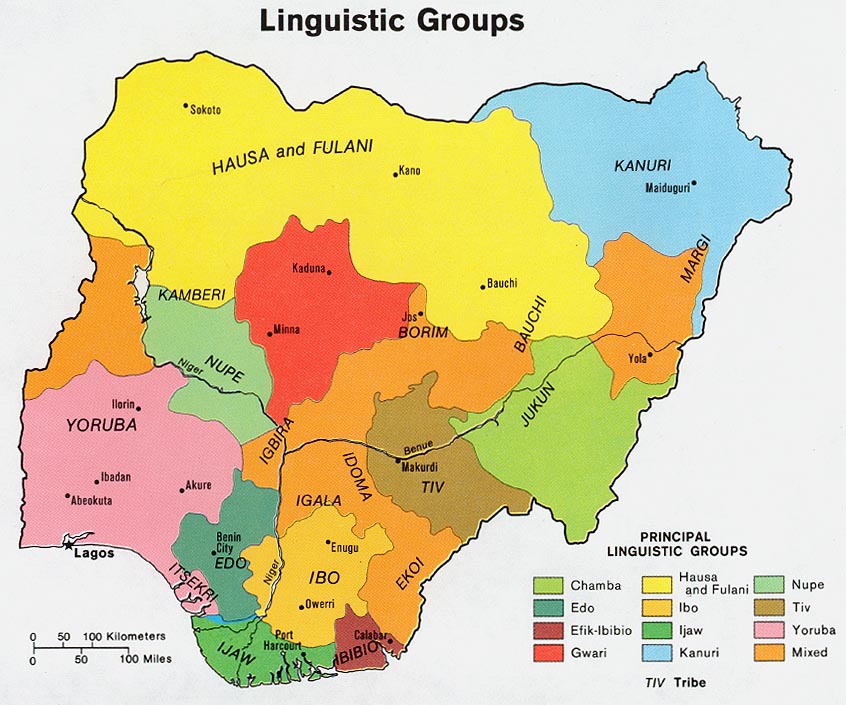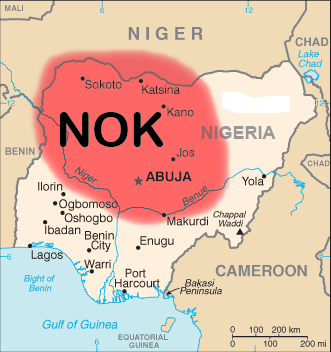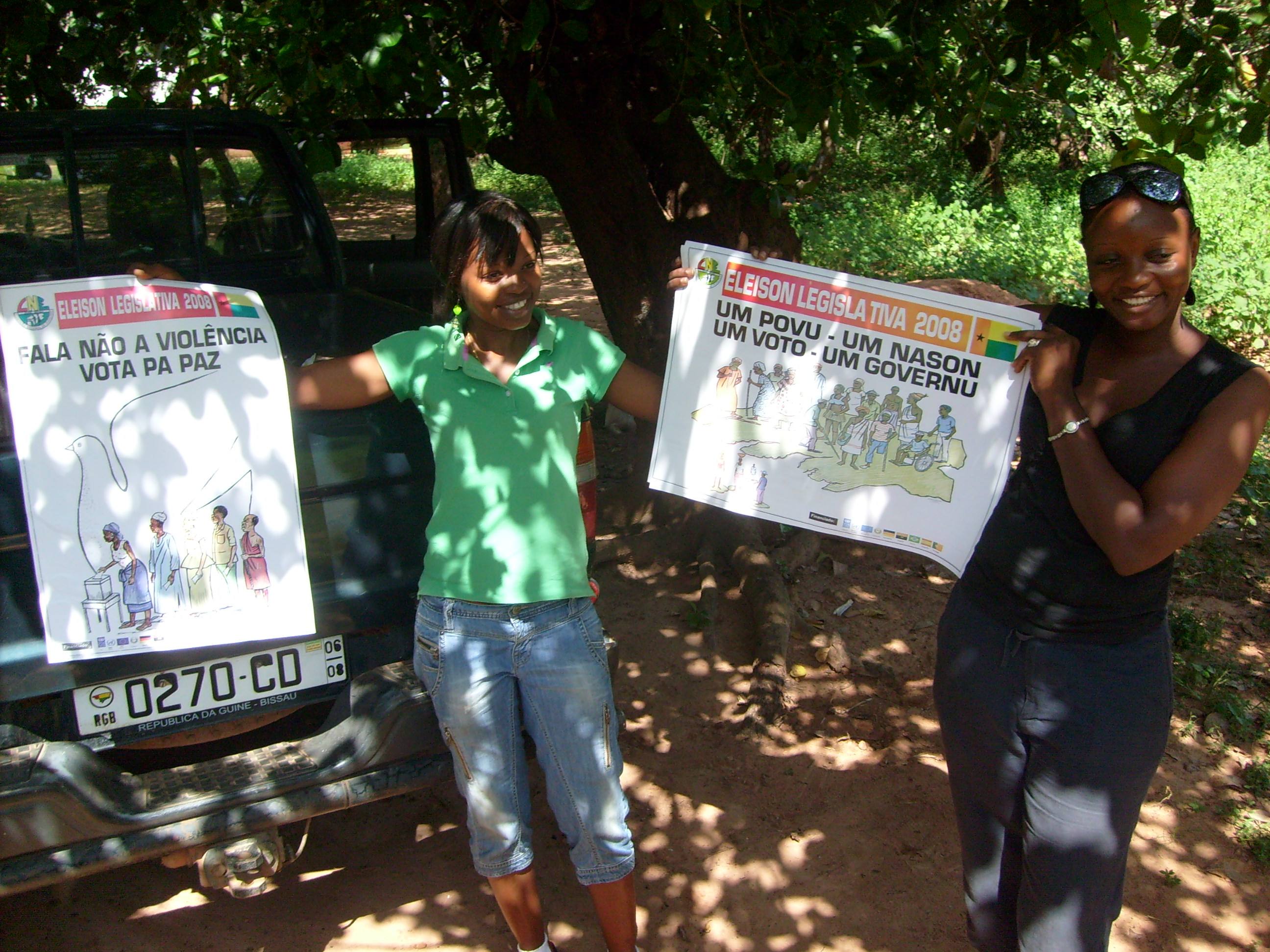|
Saba Senegalensis
''Saba senegalensis'', known as ''weda'' in the Moore, French, and English languages, is a fruit-producing plant of the Apocynaceae family, native to the Sahel region of sub-Saharan Africa. It has several common names in various West African Languages. The tree grows predominantly on riverbanks and in woodlands in The Gambia, Guinea-Bissau, Burkina Faso, Senegal, Somalia, Mali and Ivory Coast. It has been observed growing as vine up trees, as a small erect shrub, and oftentimes growing to the size of a large tree. ICRISAT has cited ''S. senegalensis'' as a useful food crop plant and as a tool to combat soil degradation in rural Africa. Fruit The fruit of ''Saba senegalensis'' has a hard yellow peel containing large seeds embedded in a yellowish pulp, having a pleasing acidity similar to that of the tamarind. The flavour has also been compared with that of a mango or a lemon. Drink Natives of the Sahel region often use the fruit to make a juice. Propagation ''Saba seneg ... [...More Info...] [...Related Items...] OR: [Wikipedia] [Google] [Baidu] |
Mossi Language
{{disambiguation, surname ...
Mossi may refer to: * Mossi people * Mossi language * Mossi Kingdoms * the Mossi, a Burkinabe variant of the Dongola horse * Mossi (given name) * Mossi (surname) See also * Mossie (other) * Mossy (other) *Mozzi (other) Mozzi may refer to: People * Alessandro Mapelli-Mozzi (born 1951), British-Italian alpine skier * Edoardo Mapelli Mozzi (born 1983), British-Italian property developer and husband of Princess Beatrice, a granddaughter of Queen Elizabeth II. * And ... [...More Info...] [...Related Items...] OR: [Wikipedia] [Google] [Baidu] |
Wolof Language
Wolof (; Wolofal: ) is a language of Senegal, Mauritania, and the Gambia, and the native language of the Wolof people. Like the neighbouring languages Serer and Fula, it belongs to the Senegambian branch of the Niger–Congo language family. Unlike most other languages of the Niger-Congo family, Wolof is not a tonal language. Wolof is the most widely spoken language in Senegal, spoken natively by the Wolof people (40% of the population) but also by most other Senegalese as a second language. Wolof dialects vary geographically and between rural and urban areas. The principal dialect of Dakar, for instance, is an urban mixture of Wolof, French, and Arabic. ''Wolof'' is the standard spelling and may also refer to the Wolof ethnicity or culture. Variants include the older French , , , Gambian Wolof, etc., which now typically refers either to the Jolof Empire or to jollof rice, a common West African rice dish. Now-archaic forms include ''Volof'' and ''Olof''. English is belie ... [...More Info...] [...Related Items...] OR: [Wikipedia] [Google] [Baidu] |
Rauvolfioideae
Rauvolfioideae is a subfamily of the flowering plant family Apocynaceae (order Gentianales). Many species are woody lianas, others are shrubs or perennial herbs. Tribes and genera *Tribe Aspidospermateae Miers, 1878 **''Aspidosperma'' Mart. & Zucc., 1924 **''Geissospermum'' Allemão, 1846 **'' Haplophyton'' A.DC., 1844 **''Microplumeria'' Baill., 1899 **'' Strempeliopsis'' Benth., 1876 **''Vallesia'' Ruiz & Pav., 1794 *Tribe Alstonieae G. Don, 1837 **''Alstonia'' R. Br., 1810 **''Dyera'' Hook. F., 1882 *Tribe Vinceae Duby, 1828 **subtribe Kopsiinae Leeuwenb., 1994 ***''Kopsia'' Blume, 1823 **subtribe Ochrosiinae Pichon ex Boiteau, 1981 ***'' Ochrosia'' Juss, 1789 **subtribe Tonduziinae M.E. Endress, 2014 ***''Laxoplumeria'' Markgr., 1926 ***'' Tonduzia'' Pittier, 1908 **subtribe Vincinae M.E. Endress, 2014 ***'' Vinca'' L., 1853 **subtribe Catharanthinae Pichon ex Boiteau, 1981 ***'' Catharanthus'' G. Don, 1837 ***'' Kamettia'' Kostel., 1834 ***''Petchia'' Livera, 1926 **subt ... [...More Info...] [...Related Items...] OR: [Wikipedia] [Google] [Baidu] |
Ibo Language
Igbo ( , ; Igbo: ''Ásụ̀sụ́ Ìgbò'' ) is the principal native language cluster of the Igbo people, a meta-ethnicity from Southeastern Nigeria. The number of Igboid languages depends on how one classifies a language versus a dialect, so there could be around 15 different Igboid languages. The core Igbo cluster or Igbo proper is generally thought to be one language but there is limited mutual intelligibility between the different groupings (north, west, south and east). A standard literary language termed 'Igbo izugbe' (meaning "general igbo") was generically developed and later adopted around 1972, with its core foundation based on the Owerri (Isuama), Anambra (Awka) and Umuahia (Ohuhu) dialects, omitting the nasalization and aspiration of those varieties. However, nobody speaks "general Igbo" natively and it isn't accepted by all Igbo groups. The largest variety of the core Igbo cluster is Ngwa. History The first book to publish Igbo terms was ''History of the Missio ... [...More Info...] [...Related Items...] OR: [Wikipedia] [Google] [Baidu] |
Nigeria
Nigeria ( ), , ig, Naìjíríyà, yo, Nàìjíríà, pcm, Naijá , ff, Naajeeriya, kcg, Naijeriya officially the Federal Republic of Nigeria, is a country in West Africa. It is situated between the Sahel to the north and the Gulf of Guinea to the south in the Atlantic Ocean. It covers an area of , and with a population of over 225 million, it is the List of African countries by population, most populous country in Africa, and the List of countries and dependencies by population, world's sixth-most populous country. Nigeria borders Niger in Niger–Nigeria border, the north, Chad in Chad–Nigeria border, the northeast, Cameroon in Cameroon–Nigeria border, the east, and Benin in Benin–Nigeria border, the west. Nigeria is a Federation, federal republic comprising of States of Nigeria, 36 states and the Federal Capital Territory, Nigeria, Federal Capital Territory, where the capital, Abuja, is located. The List of Nigerian cities by population, largest city in Nigeria ... [...More Info...] [...Related Items...] OR: [Wikipedia] [Google] [Baidu] |
Somali Language
Somali (Latin script: ; Wadaad: ; Osmanya: 𐒖𐒍 𐒈𐒝𐒑𐒛𐒐𐒘 ) is an Afroasiatic language belonging to the Cushitic branch. It is spoken as a mother tongue by Somalis in Greater Somalia and the Somali diaspora. Somali is an official language in Somalia and Ethiopia, and a national language in Djibouti as well as in northeastern Kenya. The Somali language is written officially with the Latin alphabet although the Arabic alphabet and several Somali scripts like Osmanya, Kaddare and the Borama script are informally used.Lewis, I.M. (1958)The Gadabuursi Somali Script ''Bulletin of the School of Oriental and African Studies'', University of London, Vol. 21, pp. 134–156. Classification Somali is classified within the Cushitic branch of the Afroasiatic family, specifically, Lowland East Cushitic in addition to Afar and Saho. Somali is the best-documented of the Cushitic languages, with academic studies of the language dating back to the late 19th century. ... [...More Info...] [...Related Items...] OR: [Wikipedia] [Google] [Baidu] |
Hausa Language
Hausa (; /; Ajami: ) is a Chadic language spoken by the Hausa people in the northern half of Nigeria, Ghana, Cameroon, Benin and Togo, and the southern half of Niger, Chad and Sudan, with significant minorities in Ivory Coast. Hausa is a member of the Afroasiatic language family and is the most widely spoken language within the Chadic branch of that family. Ethnologue estimated that it was spoken as a first language by some 47 million people and as a second language by another 25 million, bringing the total number of Hausa speakers to an estimated 72 million. In Nigeria, the Hausa-speaking film industry is known as Kannywood. Classification Hausa belongs to the West Chadic languages subgroup of the Chadic languages group, which in turn is part of the Afroasiatic language family. Geographic distribution Native speakers of Hausa, the Hausa people, are mostly found in southern Niger and northern Nigeria. The language is used as a lingua franca by n ... [...More Info...] [...Related Items...] OR: [Wikipedia] [Google] [Baidu] |
Northern Nigeria
Northern Nigeria was an autonomous division within Nigeria, distinctly different from the southern part of the country, with independent customs, foreign relations and security structures. In 1962 it acquired the territory of the British Northern Cameroons, which voted to become a province within Northern Nigeria. In 1967, Northern Nigeria was divided into the North-Eastern State, North-Western State, Kano State, Kaduna State, Kwara State, and the Benue-Plateau State, each with its own Governor. History Prehistory The Nok culture, an ancient culture dominated most of what is now Northern Nigeria in prehistoric times, its legacy in the form of terracotta statues and megaliths have been discovered in Sokoto, Kano, Birinin Kudu, Nok and Zaria. The Kwatarkwashi culture, a variant of the Nok culture centred mostly around Zamfara in Sokoto Province is thought by some to be the same or an offshoot of the Nok. The Fourteen Kingdoms The Fourteen Kingdoms unified the di ... [...More Info...] [...Related Items...] OR: [Wikipedia] [Google] [Baidu] |
Diola
The Jola or Diola (endonym: Ajamat) are an ethnic group found in Senegal, the Gambia, and Guinea-Bissau. Most Jola live in small villages scattered throughout Senegal, especially in the Lower Casamance region. The main dialect of the Jola language, Fogni, is one of the six national languages of Senegal. Their economy has been based on wet rice cultivation for at least one thousand years. This system has been characterized "one of the most significant examples of 'agrarian civilizations' in West Africa". However, the Jola probably reached the Lower Casamance region in the 14th century, assimilating the previous Bainuk people and their rice tradition. In colonial times, the Jola began to cultivate peanuts as a cash crop in the drier forests. Other activities include palm wine tapping, honey collecting, livestock rearing and the production of other crops such as sweet potatoes, yams and watermelon. The traditional religion of the Jola is animism, which is practised through feti ... [...More Info...] [...Related Items...] OR: [Wikipedia] [Google] [Baidu] |
Casamance
, settlement_type = Geographical region , image_skyline = Senegal Casamance.png , image_caption = Casamance in Senegal , image_flag = Flag of Casamance.svg , image_shield = , motto = , nickname = , etymology = , subdivision_type = Country , subdivision_name = Senegal , subdivision_type1 = , subdivision_name1 = , subdivision_type2 = , subdivision_name2 = , subdivision_type3 = , subdivision_name3 = , subdivision_type4 = , subdivision_name4 = , parts_type = Parts , parts_style = para , p1 = Kolda Region, Sédhiou Region and Ziguinchor Region , image_map = , map_caption = , pushpin_map = , pushpin_relief = , pushpin_map_caption = , coordinates = , coordinates_footnotes ... [...More Info...] [...Related Items...] OR: [Wikipedia] [Google] [Baidu] |
Guinea-Bissau Creole
Guinea-Bissau Creole, also known as Kiriol or Crioulo, is a creole language whose lexicon derives mostly from Portuguese. It is spoken in Guinea Bissau, Senegal and The Gambia. It is also called by its native speakers as , , or . Guinea-Bissau Creole is spoken as a native tongue by 250,000 Bissau-Guineans and as a second language by 1,000,000. A variant of Guinea-Bissau Creole is also spoken in southern Senegal, mainly in the region of Casamance, a former Portuguese colony, which is known as Portuguis Creole or Casamance Creole. Creole is the majority language of the inhabitants of the Casamance region and is used as a language of commerce. Standard Portuguese is the official language of Guinea-Bissau, but Guinea-Bissau Creole is the language of trade, informal literature and entertainment. It is not used in either news media, parliament, public services or educational programming. History The creole languages of Upper Guinea are the oldest-known creoles whose lexicons ... [...More Info...] [...Related Items...] OR: [Wikipedia] [Google] [Baidu] |
Congo Basin
The Congo Basin (french: Bassin du Congo) is the sedimentary basin of the Congo River. The Congo Basin is located in Central Africa, in a region known as west equatorial Africa. The Congo Basin region is sometimes known simply as the Congo. It contains some of the largest tropical rainforests in the world and is an important source of water used in agriculture and energy generation. The rainforest in the Congo Basin is the largest rainforest in Africa and second only to the Amazon rainforest in size, with 300 million hectares compared to the 800 million hectares in the Amazon. Because of its size and diversity, many experts have characterized the basin's forest as important for mitigating climate change because of its role as a carbon sink. However, deforestation and degradation of the ecology by the impacts of climate change may increase stress on the forest ecosystem, in turn making the hydrology of the basin more variable. A 2012 study found that the variability in preci ... [...More Info...] [...Related Items...] OR: [Wikipedia] [Google] [Baidu] |






